That’s right: we can have 100% clean electricity!
Washington is ready for 100% clean electricity—public hearings start this week!

![]() To stabilize the climate and avert catastrophic disruption, we must transition our economy away from fossil fuels—particularly our energy and transportation sectors—by mid-century. Shifting our grid in the Pacific Northwest to rely on 100% clean and efficient power is the core foundation to building a clean energy economy. And with very rapid progress in vehicle electrification and energy storage technologies, clean electricity can soon be a major part of the strategy for reducing transportation-related emissions.
To stabilize the climate and avert catastrophic disruption, we must transition our economy away from fossil fuels—particularly our energy and transportation sectors—by mid-century. Shifting our grid in the Pacific Northwest to rely on 100% clean and efficient power is the core foundation to building a clean energy economy. And with very rapid progress in vehicle electrification and energy storage technologies, clean electricity can soon be a major part of the strategy for reducing transportation-related emissions.
The great news is we are well on our way to a carbon-free electric power system. In 2019, Washington State enacted one of the strongest clean energy policies in the country, with utilities having to transition off coal power by 2025 and offer 100% clean and carbon-free electricity by 2045. With robust renewable energy and clean fuels standards and a commitment to end the use of coal already on the books, Oregon followed suit in 2021, matching the nation's strongest statewide timeline for adopting 100% fossil-free electricity by 2040.
The Northwest electric power system is already 71% carbon-free, making the region’s power supply as a whole less carbon-intensive than any other part of the U.S. The large base of existing hydropower both anchors the existing low-carbon system and, because it offers operational advantages over large thermal power plants, can serve as a relatively efficient platform for integrating renewable energy. The major carbon pollution sources on the grid are already approaching functional and economic obsolescence; many coal plants are scheduled for retirement already, and no new ones are being built.
The technologies to produce and use clean electric power, especially wind and solar energy, are relatively well-developed, diverse and commercialized now. As the energy system makes greater use of rapid advances in information and communication technology, more pathways emerge on both the demand and supply sides for meeting energy service needs.
While some bring up the need for "bridge fossil fuels" it's worth noting that while fossil methane is picking up some of the slack, it is with dubious climate benefits,[1] and there is little if any legitimate need for new investments in gas power plants or infrastructure. Existing capacity can serve any foreseeable temporary need to use gas for system balancing. A diverse array of flexible, low-cost strategies is emerging – including energy storage, efficiency, load management, smart grids, renewable energy diversity, and scheduling accuracy–to instantaneously balance electric power systems loads and resources.
Using energy wisely and renewable energy can save and deliver the kilowatt-hours we need. But we will also need to upgrade the “system” hardware and software to unlock their full potential. Grid modernization, smart grids, load management systems, storage solutions, and energy and transmission market reforms are vital and rapidly evolving parts of this “system upgrade.”
We expect that renewable electric resources will be the primary focus of any new electric generating capacity needed to achieve decarbonization.[2] It's essential to accelerate progress in financing, deploying, incentivizing, and integrating these technologies to get to a 100% clean grid.
Utilities and their regulators will need to evolve as well, developing financial and regulatory models that reward innovation, facilitate decarbonization to more distributed energy systems, protect consumers, and invest in communities historically impacted the most by pollution and lack of investment.
[1] Even low rates of methane leakage largely–or perhaps completely–balance out the advantage of gas over coal due to its lower CO2 production. But “better than coal” is not the appropriate test: even if leakage were not a problem, investment of long-term energy capital in new gas capacity is not consistent with the emission and investment trajectories necessary to meet climate stabilization imperatives. See: “Key factors for assessing climate benefits of natural gas versus coal electricity generation.”
[2] Nuclear power plays a very limited role in the existing NW system, with only one commercial generating station in the region. New nuclear capacity using existing, commercialized technology is not competitive, nor is it being contemplated. New nuclear technology platforms are in the experimental stages, as are many other renewable energy technologies. While further innovation is likely, our focus will be primarily on deployment and operationalization of technologies and systems that have a reasonably clear sightline to safe and affordable commercialization.
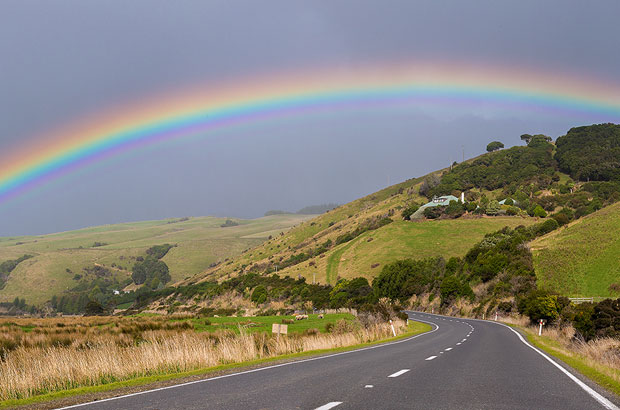
by Climate Solutions on
A new Washington state poll demonstrates strong public support for legislators prepared to act on climate.

by Vlad Gutman-Britten on
We need to place our power sector on a path to 100% clean power, electrify transportation, and boost efficiency. Protecting clean air is a first step.
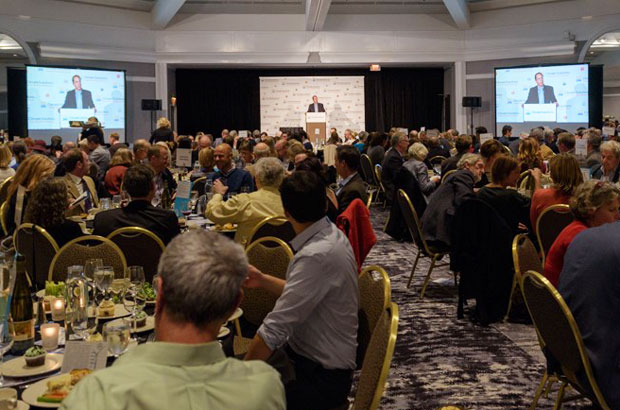
by Gregg Small on
Our annual dinner with Kate Gordon in Portland this week laid the groundwork for a season of effective climate action in Oregon and Washington.

by Gregg Small on
We're gaining momentum towards 100% clean energy. Here's how we're laying the groundwork, and what comes next.
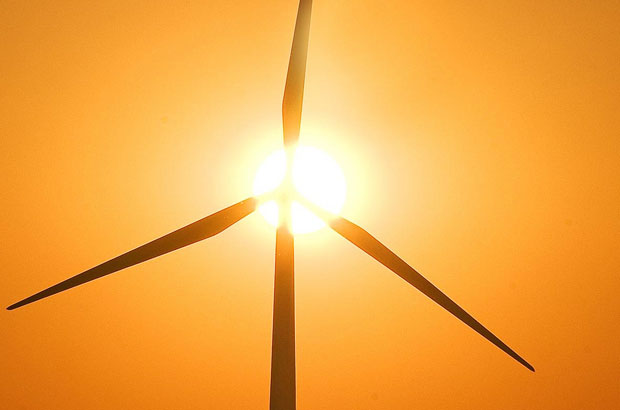
by Gregg Small on
Following Portland and Multnomah County, our region can and will lead the way towards 100% clean energy.

by David Van't Hof on
The same day President Trump announced his disastrous decision to pull out of the Paris Climate Agreement, Portland and Multnomah County became the first city and county in the Northwest to commit to 100% renewable energy.
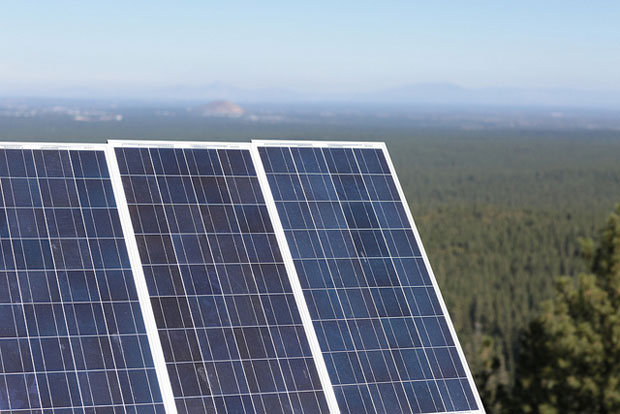
by David Van't Hof on
Let's do this! City and County votes are scheduled for June 1 on a visionary energy goal that will help Portland lead the way towards a safe and healthy future.

by Vlad Gutman-Britten on
The good news is that we know how to build ourselves a clean energy future, what we need to tackle climate change. The bad news is just that it won't happen by itself.
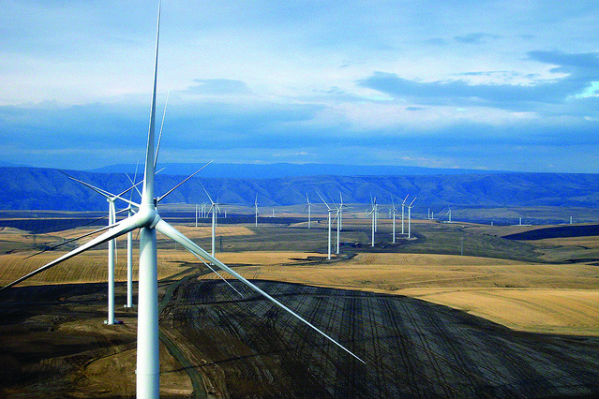
by David Van't Hof on
Building new gas-fired power plants will lock Oregon into decades of climate-disrupting fossil fuel energy at a moment when clean energy sources like wind and solar are more affordable than ever. We're saying no.
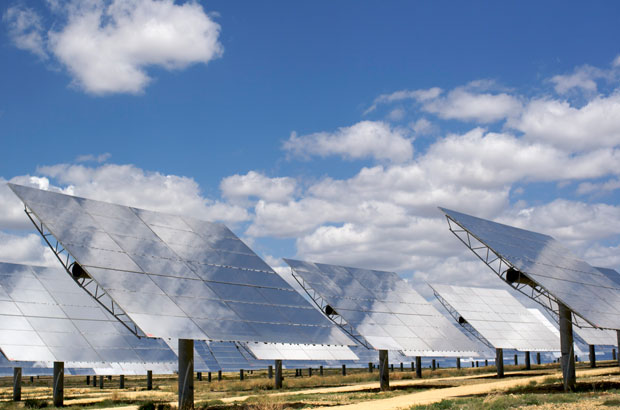
by Eileen V. Quigley on
Falling costs and increasing deployment of solar energy are making a clean electricity grid more of a reality, which is good for both decreasing carbon emissions in buildings and from industry, but also in transport as more vehicles shift from fossil fuels to electricity.
Join our email list to learn about what we do and how to get involved.
Washington is ready for 100% clean electricity—public hearings start this week!
On the anniversary of the historic Paris climate accord, the world met again in Katowice. Now the Washington legislature prepares for what could be a historic session for climate action.
Oil’s dominance will last only as long as they can bully us into believing we can’t have clean energy and better choices. That's why they're spending tens of millions to oppose I-1631.
Climate Solutions presents new research demonstrating the feasibility of a clean-energy Pacific Northwest power grid.
We don't have a minute to lose in taking action on climate in Washington—and we need our energy utilities to stand with us for clean air and a stable climate.
A recent decision by our state utilities commission should make it easier for Washington to invest in a clean energy future.
A new Washington state poll demonstrates strong public support for legislators prepared to act on climate.
A new Washington state poll demonstrates strong public support for legislators prepared to act on climate.
We need to place our power sector on a path to 100% clean power, electrify transportation, and boost efficiency. Protecting clean air is a first step.
Our annual dinner with Kate Gordon in Portland this week laid the groundwork for a season of effective climate action in Oregon and Washington.